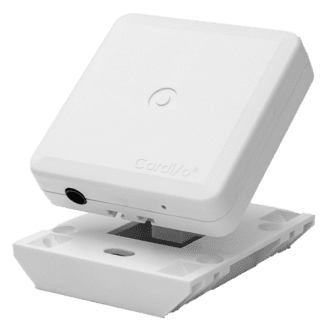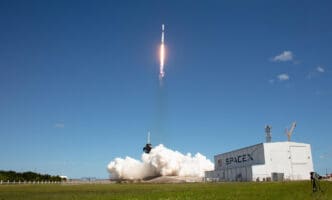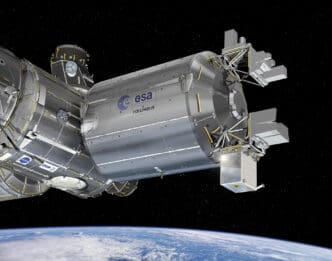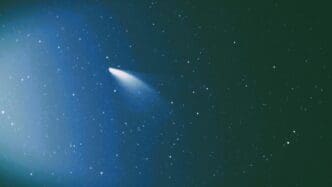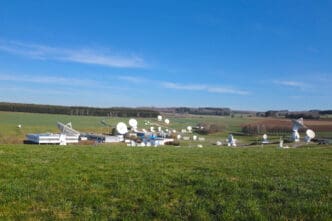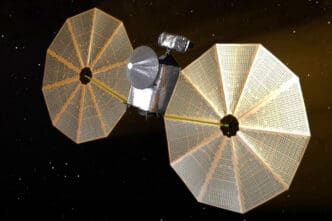Our bodies often broadcast subtle warning signs of heart trouble or related health issues long before we become aware of them. These signals manifest as vibrations, which technology has attempted to detect using various devices like electrodes, patches, and watches. Now, a groundbreaking wall-mounted technology is entering the scene, offering a new way to monitor vital signs.
Advanced TeleSensors Inc. has unveiled the Cardi/o Monitor, developed under an exclusive license from NASA’s Jet Propulsion Laboratory (JPL) in Southern California. This innovative device is the culmination of five years of work by NASA engineers who set out to create a small, cost-effective, and contactless solution for measuring vital signs. The task was not without its challenges, as measuring heart rate required discerning minuscule motions, roughly one three-thousandth of an inch, often obscured by environmental movement.
By the late 1990s, advancements in hardware and computing technology allowed the NASA JPL team to overcome these challenges, resulting in a prototype comparable in size to a thick textbook. This device operated by emitting a radio beam towards a stationary person, functioning similarly to radar, with algorithms separating cardiac and respiratory activity from other movement “noise.”
Witnessing a demonstration of this prototype, Sajol Ghoshal, who is now the CEO of Austin, Texas-based Advanced TeleSensors, recognized its potential for in-home monitoring. The development of an affordable device became feasible with the miniaturization of sensors and computing technology.
The Cardi/o Monitor, measuring just three inches square, can be mounted on a ceiling or wall and detects vital signs from up to ten feet away. Multiple units can be installed throughout a home, all controlled via a smartphone app that consolidates data on a single dashboard. While NASA’s algorithms detect heartbeat and respiration, the company has added capabilities to detect heart rate variability, shedding light on stress levels and sleep apnea.
In the event of an anomaly, such as a significant increase in heart rate, the app issues an alert to draw attention to the situation. The system securely stores up to six months of data in the cloud, accessible to healthcare providers, thus reducing the need for frequent in-person visits. This feature is particularly crucial for managing conditions like infectious diseases, which pose risks to healthcare professionals and other patients.
Through the commercialization of this vital technology, NASA remains a pivotal force in advancing health solutions, ensuring that life-preserving innovations continue to reach those who need them most.

